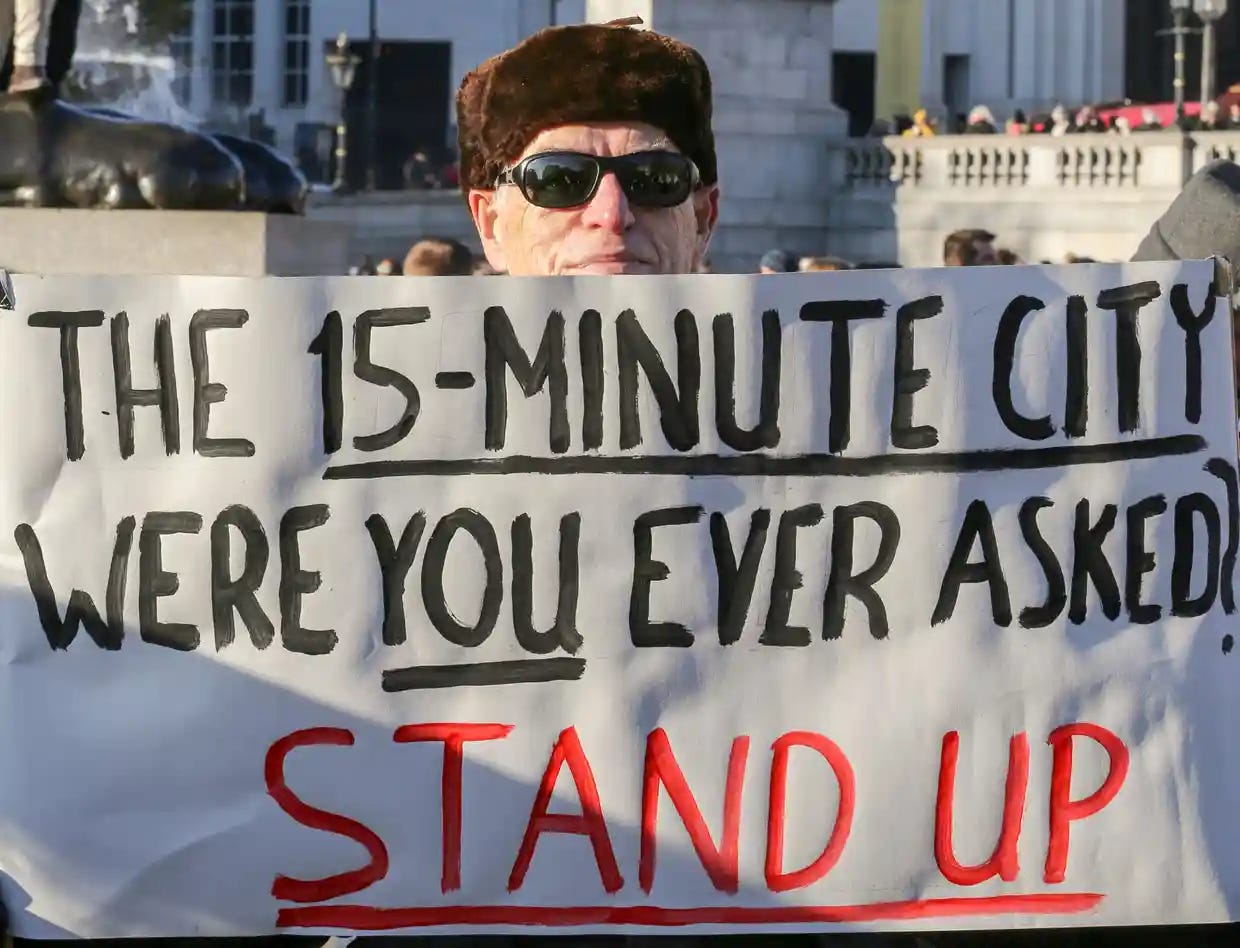Surveillance cameras plastered all over neighbourhoods, complicated and burdensome traffic rules, heavy restrictions on the circulation of vehicles, "15 minute cities" come hell or high water. These are all watchwords of an emerging philosophy of city planning whose authors appear to view citizens as pawns in a master plan, or as children to be herded a…
Keep reading with a 7-day free trial
Subscribe to THE FREEDOM BLOG to keep reading this post and get 7 days of free access to the full post archives.




